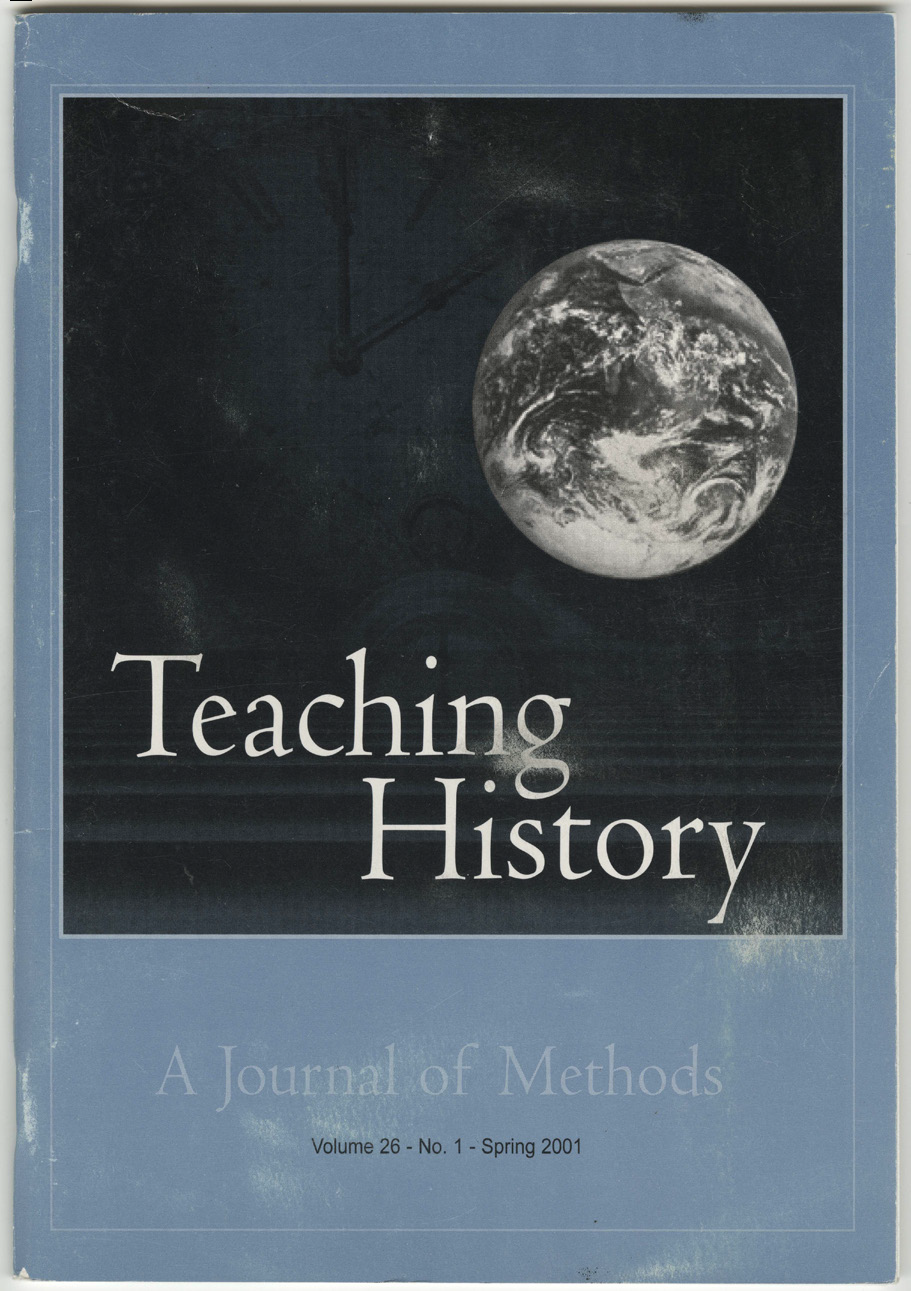Using School Reform To Teach Modern U.S. History
DOI:
https://doi.org/10.33043/TH.26.1.22-35Abstract
The history of the modem American high school is a complex subject, full of rich potential for a high school history class. It is a subject with an inherent appeal for high school students, and one that allows a teacher to demonstrate the interconnectedness of politics with social institutions and to trace the impact of large social movements within a familiar context. By following the changes in their own school curriculum and mission from the tum of the century to the present, students experience in microcosm many of the shifting socio-political ideologies of the twentieth century. The impact of progressivism, the war years, the Cold War, the civil rights movement, the Reagan era-these periods become more vivid and comprehensible when seen through the lens of school reform and local educational policy. The study of school reform also allows for the use of a wide range of accessible, interdisciplinary, first-hand source material. National educational mandates and reports, Supreme Court rulings regarding school policy, old school yearbooks, and other local archival material are all useful tools for seeing how the school reflects and enacts the changing norms of the society at large.
Downloads
Downloads
Published
How to Cite
Issue
Section
License
Copyright (c) 2001 Rosetta Marantz Cohen

This work is licensed under a Creative Commons Attribution-NonCommercial-NoDerivatives 4.0 International License.
By submitting to Teaching History, the author(s) agree to the terms of the Author Agreement. All authors retain copyrights associated with their article or review contributions. Beginning in 2019, all authors agree to make such contributions available under a Creative Commons Attribution-NonCommercial-NoDerivatives 4.0 International license upon publication.



